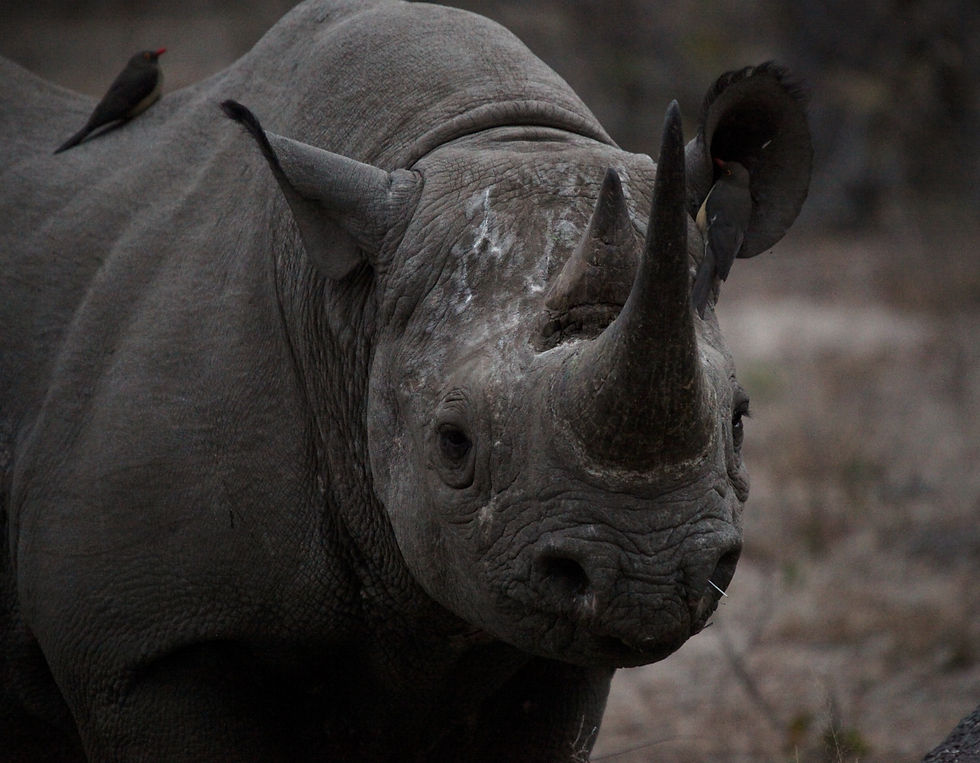Thousands of Birds Culled After Avian Flu Outbreak
- Tori Scott
- Dec 12, 2020
- 3 min read
Tori Scott reports on a recent outbreak of Avian Influenza in Cheshire and how the disease is being controlled by authorities.

Photo by Cristina Gottardi
Thirteen thousand birds have been culled at a farm in Frodsham, Cheshire after being diagnosed with Avian Influenza of the strain H5N8. To limit the spread, a temporary 3km and 10km control zone has been put in place around the infected site.
A highly pathogenic strain known as H5N8 was detected in thousands of animals at the broiler breeder’s farm, leading to all 13,000 birds on the site being culled in order to contain the disease. Since the first report of this kind in Kent, there has been confirmed cases of a similar nature in Germany, the Netherlands, South Korea, Great Britain and western Russia.
“I am urging all poultry keepers to take action now to keep your birds safe and reduce the risk of disease over the high-risk winter period.” – Dr Huey, Northern Ireland’s Chief Veterinary Officer
The Outbreak of Avian Influenza
On the 2nd of November, reports confirmed that an outbreak of Avian Influenza of the strain H5N2 was contained at a farm near Deal, Kent. Due to the presence of the disease, all 480 ducks and chickens on the site had to be culled to prevent the Avian flu infecting more birds.
Chief Veterinary officers from all four regions said that they have been monitoring this disease closely hoping to keep the outbreak from spreading beyond the sites in Kent and Cheshire. They recommend that bird keepers avoid contact with their flocks and wild birds during their annual autumn migration.
“This is a serious situation where the pollutant can flow from the migratory bird land to the farm though various routes” – South Korean Agriculture Ministry, Kim Hyeon-Soo
Wild birds are at more risk of contracting this disease, with their risk of infection being ‘high’, making it critical to keep flocks away from wild birds. In mid-October, cases in the Netherlands and north of Germany showed that Geese and Swans are examples of some wild birds which can contract this disease. As of the 28th of October in the Netherlands, 35,000 birds were in contact with the H5N8 strain. It is unknown whether all of them have been culled.
Signs and Symptoms of Avian Influenza
It is essential to note that no cases of H5N8 have been recorded in humans, and the risk to the human population is “very low”, but it is nevertheless important to be aware that these symptoms can show in any kind of avian flock - a small garden one or even a huge commercial flock.
Some signs and symptoms to be aware of among birds you may be in contact with are:
High mortality rates
Sudden death
Cyanosis and oedema of the comb and wattles
Dullness
Loss of appetite
Respiratory distress
Unwilling to move
Diarrhoea/sneezing/coughing
Decreased egg production
Nervous signs.
Prevention Measures
If this disease were to spread to various flocks, it would have an impact on the international trade which is why prevention steps have been put in place to avoid such disasters. The UK has strong biosecurity measures and monitoring in place to avoid the tragic spread of diseases like Avian Influenza.
Dr Huey, Northern Ireland’s Chief Veterinary Officer, has told bird keepers about a subscription called the Avian Influenza text service. All you need to do to subscribe is text ‘BIRDS’ to 67300 and this text service allows bird keepers to be alerted with any important information concerning potential outbreaks.
It is important to note that the COVID-19 Pandemic, SARS-CoV-2, is not connected to Avian Influenza, as COVID-19 is not carried by poultry. These influenza outbreaks have been isolated incidents.
We are a not for profit socio-ethical impact initiative advocating for topics that matter, whilst supporting wider planetary change and acknowledgement. Support our journalism by considering becoming an advocate from just £1.














Comments